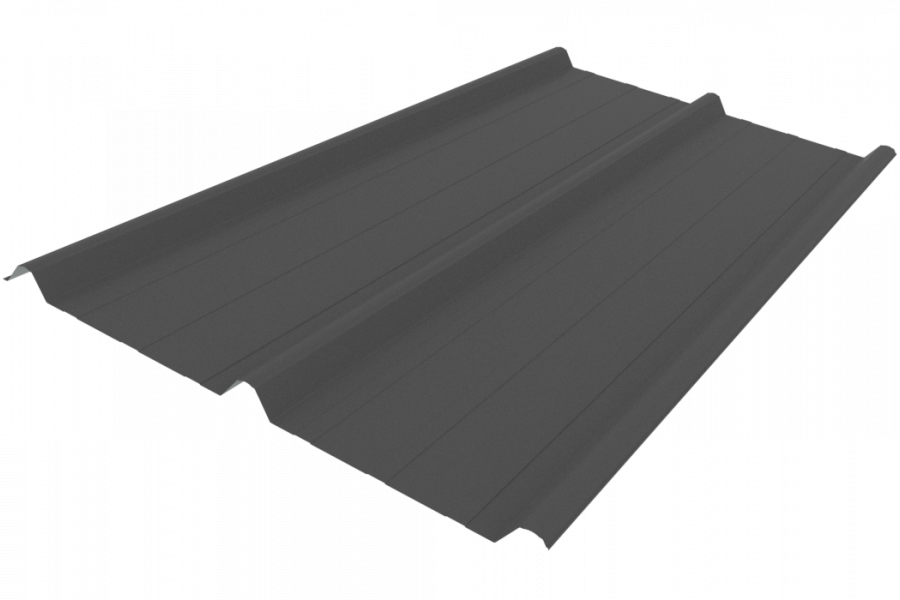It seemed a pretty straightforward question when I was asked, “What are the whys and wherefores of these soft touch coatings?” but, like many other innocuous sounding questions, It led me down some very interesting rabbit holes!
Soft touch, soft feel or haptic coatings have been in vogue for some time now, picked up initially by the automotive industry for use on steering wheels and other areas which come into hand contact. They also get used for instance, on the handles of hairdryers and hair brushes, for high quality gift boxes and wrappings and even find their way into wall paints.
Although it may correctly be claimed that they improve grip, resist finger marking and properly formulated with a compatible binder, can be very durable and abrasion resistant, it would fair to say that the main ‘why’ is simply that ‘they feel nice’! The word luxurious is often used to describe the feel and it is reported, especially in the gift packaging area, a price premium of 5% can be carried by such a packaged item.
This sense of touch is felt all over our skin, the largest organ in our body, but it is the glabrous skin which has by far the largest concentrations of the mechano-receptors which are involved in the sense of touch. Our fingertips are rich in such receptors, along with other adaptive wonders which turn the mere contact of a surface into a series of haptic messages which convey so much information to the brain. Research continues on the mechanisms our nervous system uses to process and convey this information and as recently as 2021 a Nobel Prize was shared by two scientists working in this field.
There is still discussion over the reason for the papillary ridges on our fingertips, a unique feature shared by only the higher primates and some fair dinkum Aussies — Koala bears! These ridges are viscoelastic (like the rubber on a car tyre) and run quite deep, extending right through the epidermis, putting them in close contact with the full range of mechano-receptors. Draw your finger lightly over a surface and only the tips of the ridges will touch the surface bringing certain receptors into play. Increase the pressure and the ridges spread giving a wider surface area and engaging further receptors. With further increases of pressure, friction kicks in and the sliding stops. The “Slowly Adapting Merkel discs” still hang in there, letting you know that you are still in contact! Altogether there are four different mechano-receptors as well as free nerve endings.
It is normally given that the smallest individual particle the human eye can discern is between 0.08-0.1 millimetre — say 90,000 nanometres. In 2013, a group of Swedish scientists concluded that, using the index finger, humans could discern features of just 13 nanometres — this is seriously small, the length of a carbon chain just a few tens of atoms long. The size of a braille dot (0.5mm) must seem positively Himalayan!
As a reminder, 1 millimetre (mm) = 1,000 microns (µ) = 1,000,000 nanometres (nm).
On a personal note, being firmly into my ninth decade, I had a close look at my own fingertips. Although they retain their sensitivity (I think) the ridges seem to have almost completely worn away. For those of you of my vintage who may be looking to a change of career ‘Breaking Bad’ style, I very much doubt the cops could nab you on your fingerprints!
Bearing in mind the above sensitivities, the size of the flatting agents that we use in our paints (8-20μ) are well within the range of our sense of touch. Many years ago we introduced a perfectly spherical bead in what was then a very technologically advanced flatting agent. We designed it to be solvent resistant by engineering a high level of cross linking into it. Although the surface was ultra smooth and pleasant to a light touch it was also very hard — a heavy touch would remove any dead skin cells from one’s fingertips.
Replace the hard sphere with a rubbery one and the sensation changes completely. Rubbery particles are also viscoelastic and change their hardness according to pressure. They deform readily under slight pressure, becoming more resistant as the pressure increases — this is the effect we know as ‘soft touch’!
Once the concept of deformable particles became established human ingenuity kicked in and a widening number of particles became available using different chemistries and different morphologies. As well as smooth spheres, there are hollow spheres, dimpled, cauliflower, soft centred, roseate — the list goes on. The sensory experience offered has increased along with the differing morphologies such that now one can have velvet, suede, satin or leather feel. With surfaces you touch a lot, this sensory feel can not only make the surface feel better but also look better. We’ve recently wrapped this technology into Resene AquaLAQ SoftTouch for cabinetry, which feels desirably soft to touch, yet is highly durable with added resistance to finger marking.
And what of the silk question? I think that in this instance a picture is better than a thousand words.
I would like to thank Laurie Winkless for her valuable book ‘Sticky’ and the useful descriptions of fingertips.














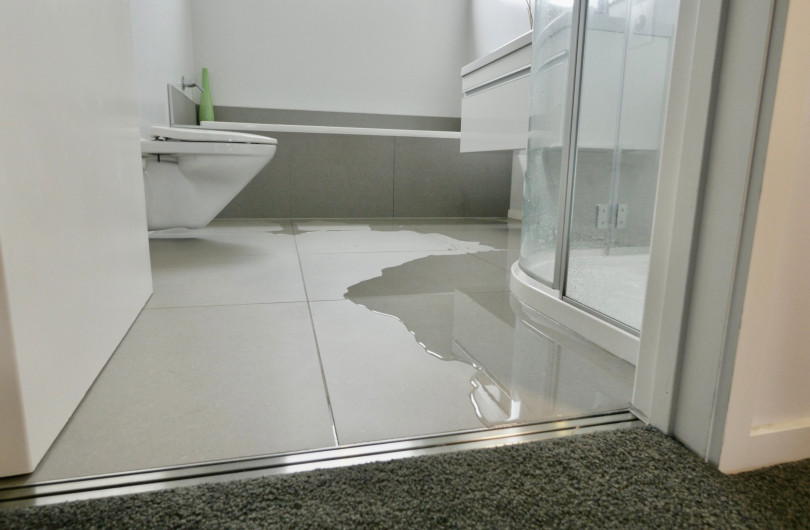


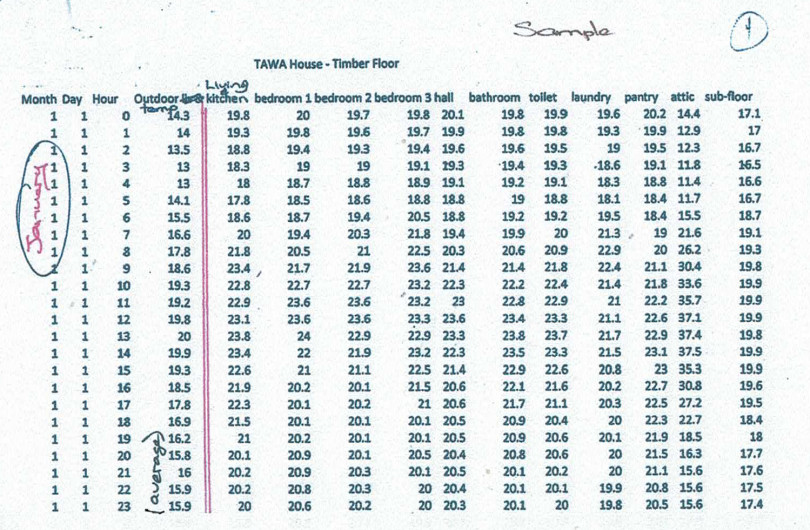





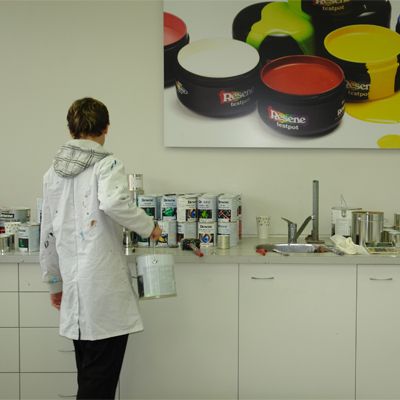
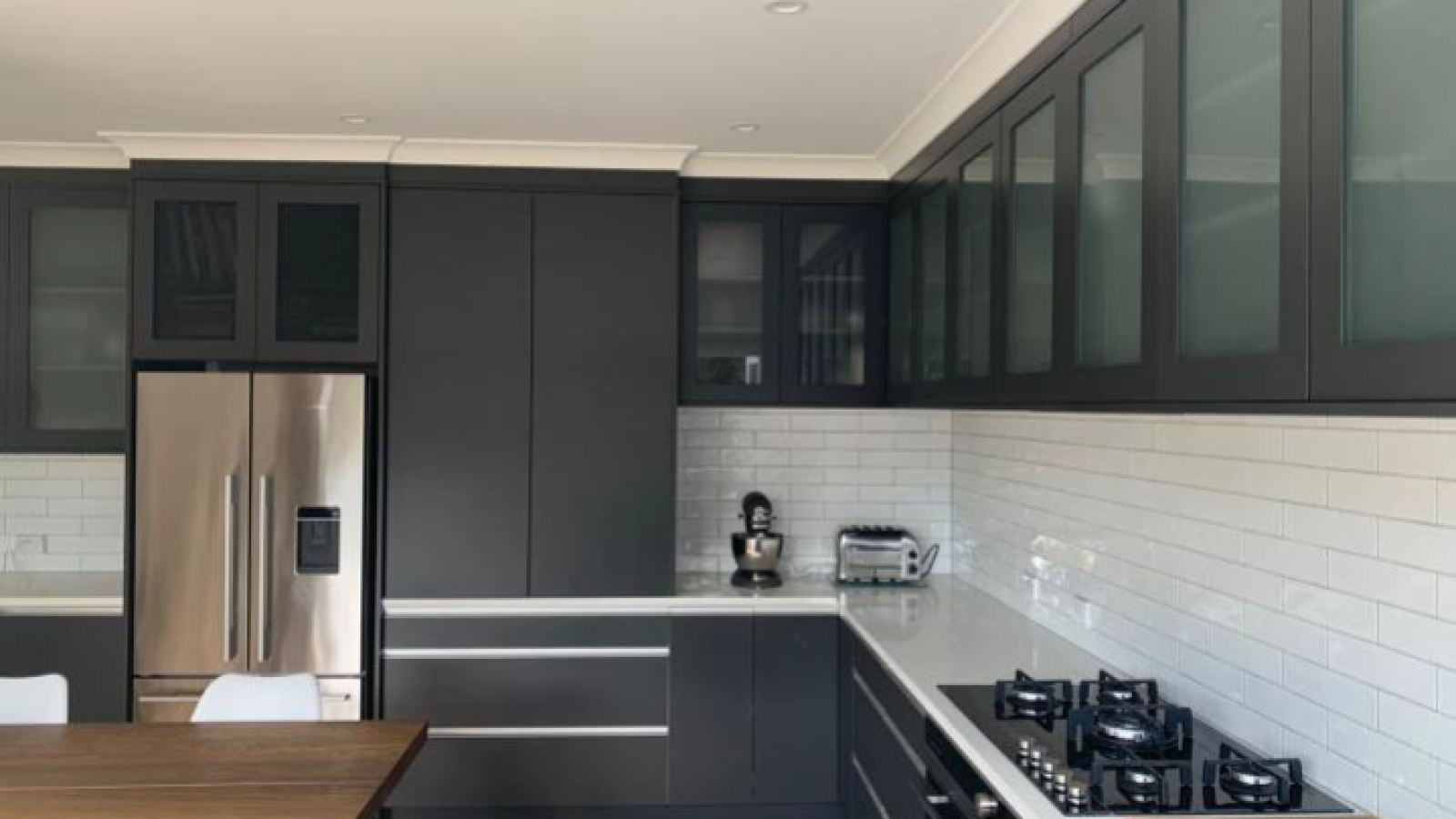



 Most Popular
Most Popular Popular Products
Popular Products

